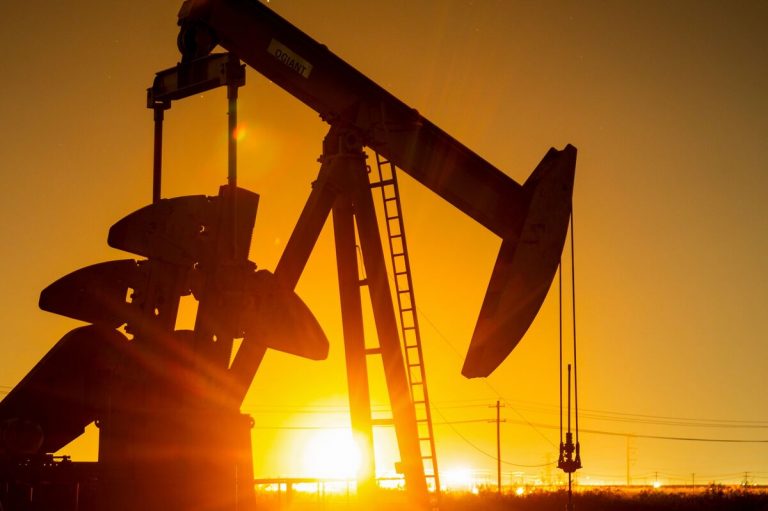The most ambitious laptop ever made just got a long-promised modular upgrade. Starting today, you can pay $39 to add two extra M.2 slots to the Framework Laptop 16 — letting you potentially carry around an AI accelerator, an eGPU adapter, or a grand total of four solid state storage sticks for ludicrous capacity.
As Framework’s blog post points out, the new “Dual M.2 Adapter” is Framework’s first new modular component since launch that takes advantage of the Laptop 16’s big expansion bay around back. At launch, you only had two options: a Radeon RX 7700S discrete graphics card for extra money, or a mostly empty bay that only contained fans.
But now, you can add the Dual M.2 Adapter to that mostly empty bay to fit an additional pair of M.2 2280, 2260, 2240 or 2230 modules, with four lanes of PCIe 4.0 each, on top of the twin SSD slots (M.2 2280 and M.2 2230) that come with the laptop to begin with.
With current stick SSD capacities topping out at around 8TB (2280) and 2TB (2230) respectively, that means you can theoretically cart around 26TB of storage at once… not counting any 1TB Framework Expansion Cards you stick into the sides of the laptop, or any giant SD cards you plug into the $25 full-size SD card modules that Framework finally released this fall.
(With 2TB SD cards on the market, I guess the actual maximum capacity of the Framework Laptop 16 is now 38TB.)
And while those who bought the Radeon discrete GPU won’t be able to take advantage without swapping out that module, swaps are thankfully quick and easy:
In addition to the adapter, Framework has swapped out the Framework Laptop 16’s liquid metal cooling for Honeywell PTM7958 thermal paste, and will help provide that for any customer who asks; while Framework characterizes this as a change to fix possible “performance degradation over time,” I definitely encountered uncomfortable levels of heat and fan noise right away in my review and long-term tests.



























+ There are no comments
Add yours